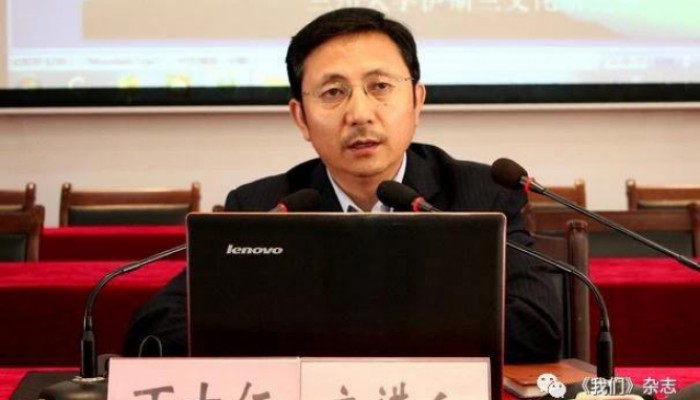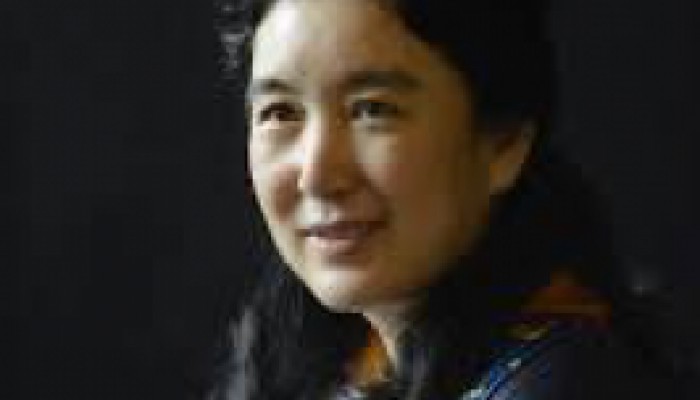
The Muslim Community in Fiji Island
- 2020-Feb-20
Fiji, a small island in the Pacific Ocean with a population of 884, 887 (2017 Census Report), is located 2,797 km north-east of Sydney, Australia and 1848 km north of Auckland, New Zealand. Approximately 60% of the population comprises indigenous Fijians, and 38% Fijians of Indian descent. The Muslim population is estimated to be about 6.3% of the Fijian Indian population (2007 Census report). The first Muslims to arrive in Fiji came through the indenture system. Despite the fact that they have been around in this part of the world for about 135 years, little has been published on the experiences of the Muslim diaspora in Fiji or their experiences in the retention of their Muslim identity in the post the indenture system. Now with the demise of most of the people from the old generation who could provide the historical data, the information in this article is drawn from three sources: (1) secondary information published on the indentured labourers and on free Indians after the end of the indenture period and (2) unstructured interviews conducted with Muslims in Fiji in 2019.
The key question this article addresses is: How did the Muslims of Fiji retain their identity in their new environment after the indenture system was abolished in the early 1900s? From the secondary research data collected, it has been found that there were a few Muslim indentured labourers who had a good knowledge of Islam, while the majority had adequate knowledge and practised it to varying degrees during the indenture system. Through the combined efforts of Muslim organisations to safeguard the interests of Muslims in the early 20th century and the unrelenting efforts of a small group of religious scholars, a few of who were born in Fiji and were children of the indentured labourers, Islam became a recognised and an official religion post-independence with the Fiji government gazetting a national holiday to celebrate the birthday of Prophet Mohammed (peace be upon him).
Following the emancipation of slavery in 1833 in the British Empire, a new form of slavery emerged in a disguised form. Owners of plantations in the British colonies were facing heavy losses and there was a need to find an alternative source of cheap labour, resulting in the introduction of the indenture system in 1834 (Naidu 1980). The Agreement of Indenture, which became known as the Girmit (Agreement) among the indentured labourers, initially seemed like a liberal contract of labour but in fact it was a new form of enslavement. As India was under British rule, Indian labourers were recruited in large quantities to be sent to plantations in the British Empire. On May 14th 1879 the first Indians arrived in Fiji in the ship Leonidas to serve for five years with a possibility of another five years extension available on the agreement of both parties. After ten years of service the labourers, now commonly known as girmitiyas, became entitled to a free passage back to India. From 1879 to 1916, 42 ships made 87 voyages carrying the Indian indentured labourers to Fiji. A total of 62, 837 Indians were recruited from India under the girmit contract of which 7, 635 (14.3%) were Muslims (Ali 1977).
By the 1900s free Indian migrants also started coming into Fiji as traders, missionaries and teachers (Ali 1977). While the indenture system was abolished in 1916, it actually ended in 1921 as those that were still under the contract had to complete their term. At the end of indenture system 39,261 (64.8%) Indians returned to India, including the children born during indenture. The remainder decided to make a home away from home in Fiji as upon completion of ten years of service, the labourers were also given the option of staying on in Fiji as free citizens of the British Empire (Ali 1977; Lal 1998).
Evidence from the interviews of girmitiya men (Ali 1979) indicates presence of both Sunni and Shia traditions. According to Fiji Muslim League records, 92 Muslims arrived aboard Leonidas in 1879 and a girmitiya, “Buddha Khan gave the first Adhan [call for prayer] on the soils of Fiji to perform the Shukrana Salaat [thank you prayer] with the intent of glorifying Allah for reaching the shores” (Khan 2009, p.2).
The harsh living and working conditions including consistent over-tasking, corporal punishment, bullying, deduction of wages at the whim of overseers, and lack of political justice in the lines (barracks) made survival issues paramount; practising one’s traditions and customs became very challenging (Ali 1979; Naidu 1980). Ali (2003) notes that for Muslims, clinging to their religion played an instrumental role in coping with the harshness of the girmit.
According to Ali (1979), strict rules on the plantation did not make allowances for the five daily prayers for Muslims. However, several other forms of worship were practised by Muslims, including fasting during the month of Ramadan, hosting Quran reading sessions at home which was attended by both Muslims and Hindus, and celebrating religious festivals like Eid-ul-adha (Bakra Eid), Eid-ul-Fitr and the Shia festival of Tazia.
By 1900 mosques were built in Suva, the capital city, and Labasa, one of the towns located in the north west of Fiji, on Vanua Levu. As early as 1915 Muslims had begun to form their own associations and Islam began to take a more institutionalized form (Ali 2004, p.142). The Fiji Muslim league was founded in 1926 (Ali 2004, p.141) and by then there were a number of local Muslim scholars who were instrumental in establishing mosques and Islamic learning centres (Madrasa).
The teaching of Urdu to children and adults was another way of proclaiming their distinct Islamic/Muslim identity as is evident in 1909 before the first Education Commission. The Muslims requested for Urdu to be taught in the Persian script to their children. (Ali 2003). A submission was made in 1909 and again in 1926 to the Education Commission to teach Urdu to Muslim students as opposed to Hindi. Though this was not granted, their attention was caught by the colonial officials. An Inspector of Immigrations wrote, “I have personally taken some interest in the Mohammedans here as they endeavour to do something for the religious instruction of their people, and this is much needed” (Ali 1980).
In early days most Muslims were only familiar with the celebration of Milaad, which today we understand as corresponding to the celebration of Prophet Mohammed’s birthday. Other rituals observed by the early Muslims included the celebration of the third (Teeja), fortieth (Chalisa) and yearly (Saalina) death anniversaries. Other celebrations included folklore and traditional poetry sung into qawwali, ghazal and nazm which are different forms of Urdu poetry. A ghazal is more subjective and romantic while a nazm and qawwali are more objective and spiritualistic (Anupam 2011). The singing of qawwalis, nazms and organizing ghazal nights became a feature of their social gatherings.
Today Muslims comprise around 7% of the Fijian Indian population which is about 35% of the total population of Fiji. They enjoy equal citizenship and are prominent businessmen, ministers in the government, senior civil servants and community leaders. They live in a harmonious relationship with all ethnicities. Hindus and Muslims live peacefully with little interference or influence from what is happening in India. Every major town in Fiji has a mosque, majority of which are managed by the Fiji Muslim League. There are many primary and secondary Muslim schools all around Fiji and the birthday of Prophet Muhammad (peace be upon him) is celebrated as a public holiday. Not all the labourers who came in the indenture period were uneducated and illiterate. The success of the spread of Islam in Fiji is owed to many devoted and learned Muslims, some of them were born during the indenture period. The Muslim community is reaping the benefits from the sacrifices made by our pious predecessors.
References
- Ali, A. (1977). Aspects of Fiji Indian History, 1879-1939: A Society in Transition: II. Economic and Political Weekly, 1821-1830.
- Ahmed, A. (1979). Girmit: The Indenture Experience in Fiji. Bulletin of the Fiji Museum No, 5.
- Ali, A. (1980). Plantation to politics: studies on Fiji Indians. University of the South Pacific: Fiji Times & Herald.
- Ali, A. (2003). “History of Fiji Muslim League.
- Ali, J. (2004). Islam and Muslims in Fiji. Journal of Muslim Minority Affairs, 24(1), 141-154.
- Anupam, S. (2011). A Comparative Study of Qawwali, Ghazal and Nazm'. Anupamtimes Exploring the least explored [Online] Available at http://www. anupamtimes. com/2011/10/comparative-study-of-qawwali-nazm-and. html [Accessed 20 February 2014]. Gabriel, 15.
- Khan, H. (2009, November). Report on the Muslim Minority in the Fiji Islands'. In Muslim World League Symposium. Paper presented at International Islamic University, Kuala Lumpur, Malaysia (pp. 9-11). November, 2009.
- Lal, B. V. (1998). Crossing the Kala Pani: a documentary history of Indian indenture in Fiji. Division of Pacific & Asian History, Research School of Pacific & Asian Studies, Australian National University.
- Naidu, V. (1980). The violence of indenture in Fiji (No. 3). Suva: World University Service.
.......
Associate Dean Research, College of Humanities and Education, Fiji National University.






